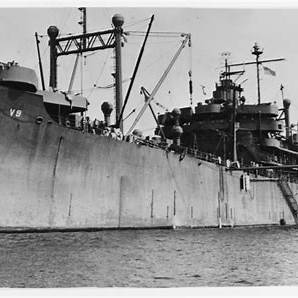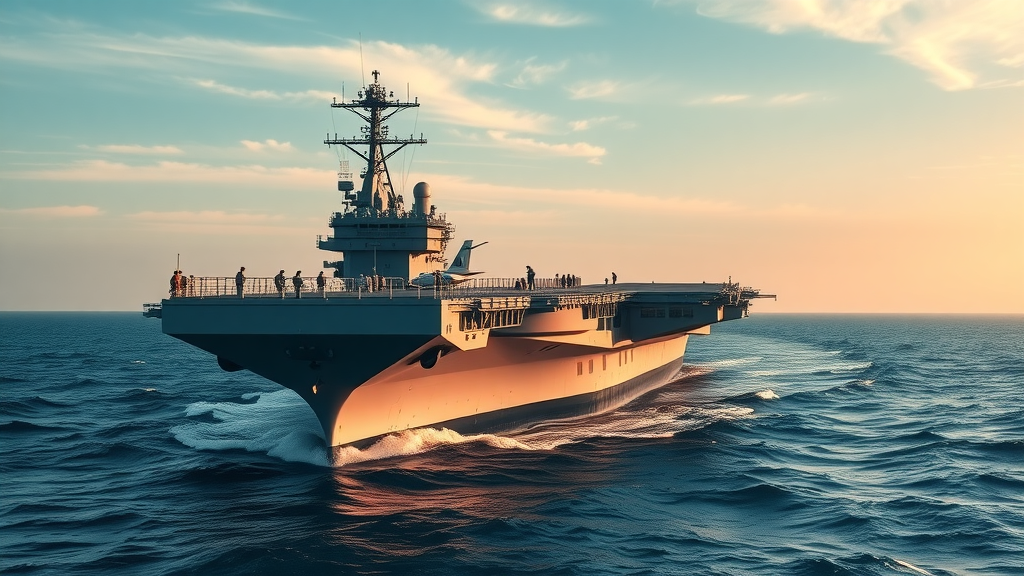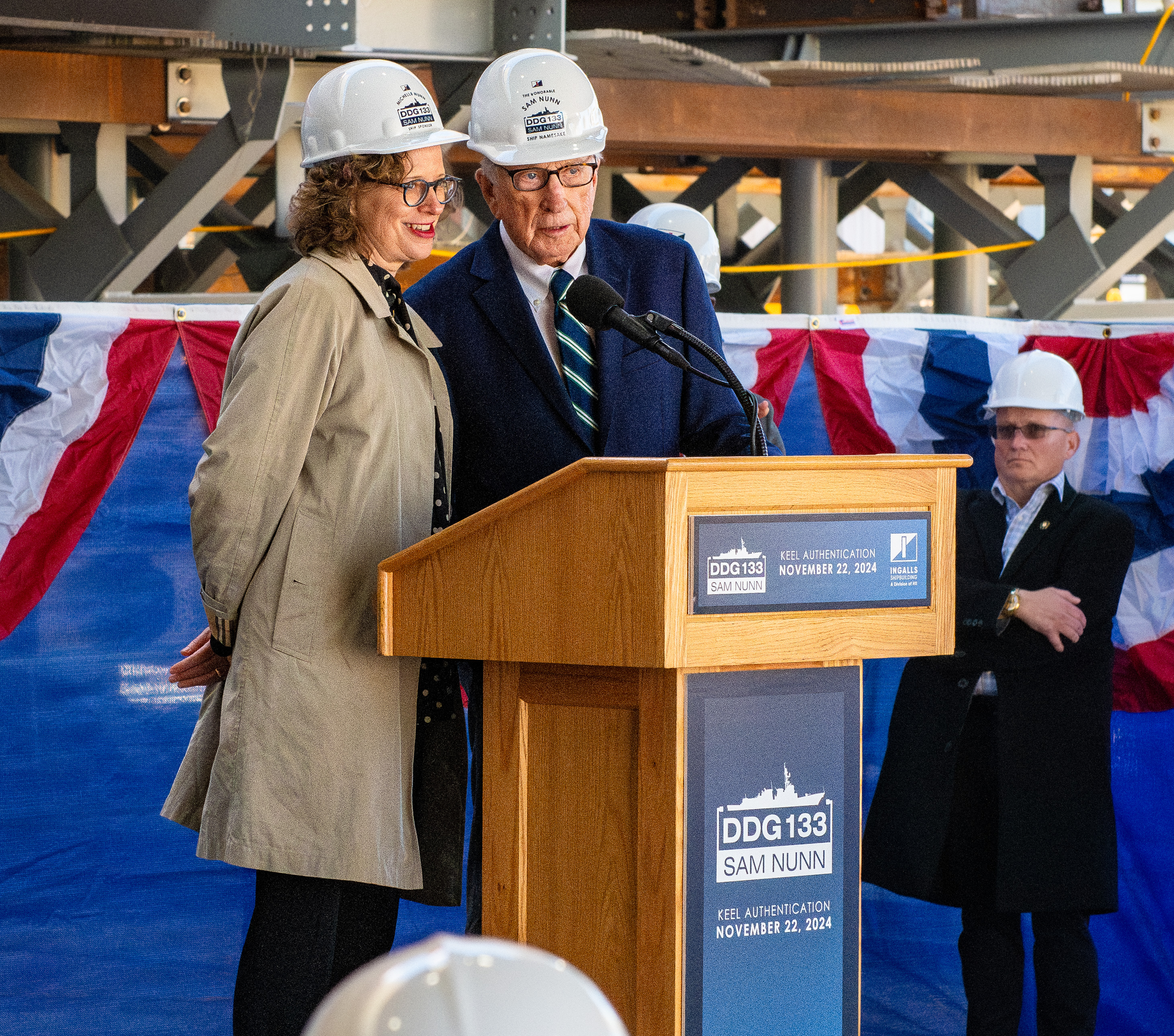Did you know the singing river of pascagoula is one of the few rivers in the world known for its mysterious humming sound? This intriguing phenomenon draws thousands of curious visitors every year, making the singing river of Pascagoula a regional legend backed by native folklore and modern science. Whether you seek history, natural beauty, or unique health system connections, the singing river offers something unforgettable.

Startling Facts about the Singing River of Pascagoula
The singing river of pascagoula stands out as one of nature’s most curious enigmas, stretching over 80 miles before flowing into the Gulf of Mexico. Revered not only for its beauty but for its mysterious melody, this landmark continues to captivate scientists, folklore lovers, and tourists alike. It’s an acoustic marvel: following unexplained patterns, the river emits a low, ghostly hum at dusk and dawn, particularly on quiet, windless nights. Those who have listened describe it as an ethereal soundtrack that blends the ancient past with a living present. With origins deeply rooted in the oral traditions of the Pascagoula Indian tribe, the river’s “singing” has transcended myth to become a subject of ongoing scientific research and cultural fascination.
The Legend of the Singing River — Pascagoula, Mississippi
The Singing River, a mystical stretch of the Pascagoula River in Mississippi, has long enchanted people with its mysterious hum. Described as a low, melodic vibration—like the resonance of bees or a crystal glass—the phenomenon was first documented by French explorer Pierre Le Moyne d’Iberville in 1699. For more than three centuries, this natural wonder has remained a powerful symbol of local heritage, inspiring folklore, music, and community identity.
At the heart of the legend lies a tragic love story. Princess Anola of the Biloxi tribe fell in love with Altama, chief of the peace-loving Pascagoula. When conflict with the Biloxi tribe threatened annihilation, the Pascagoula people refused enslavement. Instead, they joined hands and walked into the river, singing a haunting death chant as the waters closed over them. Locals believe the river still carries their song on calm summer and autumn evenings—giving rise to its eternal name: the Singing River.
Sources
Gautier, MS — Our History & Folklore: https://www.gautier-ms.gov/198/Our-History-Folklore
Our MS Home — The River Sings a Legend: https://ourmshome.com/the-river-sings-a-legend
MS Gulf Coast National Heritage Area — Legend of the Singing River: https://msgulfcoastheritage.ms.gov/flavorful/people/legend-of-singing-river
Interestingly, the Pascagoula River serves as a regional beacon for both river health studies and local medical clinic branding. Numerous hospitals and health system institutions in Mississippi—including the famed Singing River Hospital and Pascagoula Hospital—pay tribute to this legendary waterway in their titles, emphasizing not only reverence for natural wonders but also a commitment to community wellness. As a result, the Pascagoula’s “song” binds together themes of nature, history, and healthcare, offering visitors more than a scenic view—an immersive, multisensory experience steeped in both legend and modern relevance.
Beyond its natural wonders, Pascagoula is also home to significant industrial achievements that shape the community’s identity. For a closer look at how local shipbuilding and industry intertwine with the city’s heritage, explore how Ingalls Shipbuilding has become an integral part of Pascagoula’s story in this in-depth feature on Ingalls’ impact.
What You'll Learn about the Singing River of Pascagoula
The legend and history behind the singing river of Pascagoula
Current research and proven facts about the singing river’s sounds
How the singing river ties into local medical clinics, hospitals, and the health system
Visitor experiences and expert reviews
Tips for seeing and hearing the singing river of pascagoula yourself
Introducing the Singing River: A Natural Wonder
The singing river of pascagoula, often simply called the Pascagoula River, has enchanted explorers, scientists, and indigenous communities for centuries. Unlike any other river in the South, the Pascagoula's perplexing hum inspires research and art, drawing people from diverse backgrounds. While most rivers are known merely for their scenic value or roles in local ecosystems, the singing river claims fame for both its soundtrack and stories woven by time. Across generations, its influence has grown—from shaping the lives of the Pascagoula and Biloxi tribes to inspiring conservation efforts and fostering community pride through Pascagoula Hospital and River Hospital initiatives.
"The Singing River of Pascagoula is more than a name; it’s a living legend that blends the past and present." — Local Historian

The Legend & History: Why Is the Pascagoula River Known as the Singing River?
What is the legend of the Singing River in Pascagoula?
According to local stories, the singing river of Pascagoula bears a legacy of love, sacrifice, and supernatural presence. The most famous legend centers around the Pascagoula Indians—a peaceful tribe often contrasted with their rivals, the Biloxi tribe. Oral traditions hold that, threatened by warfare and unable to face assimilation or subjugation, the Pascagoula marched hand-in-hand into the river, singing a haunting song in unity and acceptance of fate. As they disappeared beneath the waves, their melody allegedly remained, reverberating through the water to this day. This powerful narrative gives the river its mythical aura, fueling the curiosity of modern visitors and researchers who long to hear echoes of the original song and piece together the facts behind the folklore.
Why is it called the singing river?
The moniker “singing river” describes the audible phenomenon—a persistent, low-frequency humming or buzzing sound—that confounds visitors, scientists, and locals alike. While the exact cause of this melodious hum remains hotly debated, scientific theories range from the movement of groundwater and unique geological formations to aquatic insect activity and seasonal changes in river flow. Some suggest that the consistent environmental conditions and extraordinary river health system along the Pascagoula help amplify these sounds, making them more perceptible than in other Mississippi rivers. What all accounts agree upon is that experiencing the singing river, especially on a tranquil evening, leaves a lasting impression and deepens one’s appreciation for natural and cultural mysteries.

Pascagoula River: Its Unique Role in Regional River Health and the Health System
River health and environmental significance
In the realm of river health, the Pascagoula River stands as a vital stronghold for ecological diversity and sustainability in Mississippi. Unlike many river systems compromised by pollution or heavy industrialization, the Pascagoula retains its natural course, making it one of the last free-flowing rivers in the United States. This pristine condition supports a wide variety of species, including rare birds, alligators, turtles, and countless freshwater fish. Ecologists regard the river as a model of river health system preservation, allowing researchers to study the impacts of minimal human interference on complex aquatic habitats. Unbroken floodplains, extensive wetlands, and clean tributaries combine to nurture not just ecosystem wellness but also inspire local clinics and medical initiatives named after the vibrant waterway.
The true impact of the singing river of Pascagoula extends beyond its ecosystem. Its contributions to the community’s identity, showcased through health collaborations and river conservation, reinforce the vital relationship between people and the natural environment. The river health mindset embodied in care system practices, including those of the singing river hospital health system, underscores a forward-thinking approach that prizes prevention, sustainability, and holistic well-being for future generations.
Pascagoula Hospital and River Hospital connections
Several top-rated institutions derive their brand and mission directly from the singing river of Pascagoula. The Singing River Hospital, Pascagoula Hospital, and associated medical clinics leverage the river’s symbolism to represent resilience, continuity, and nurturing care. By incorporating the river’s name, these healthcare organizations underscore their ties to place, tradition, and the natural world. Patients and families benefit not only from advanced medical care and community wellness programs, but also from a sense of local heritage woven deeply into each hospital’s vision.
These connections are not merely symbolic—the values celebrated by the singing river of Pascagoula, such as unity, calm, and well-being, infuse the health system’s patient approach. From wellness education to environmental advocacy, medical institutions along the Pascagoula prioritize public health hand-in-hand with ecological stewardship, setting an example for care system excellence and cultural preservation alike.
Features and Benefits: Why Visit the Singing River of Pascagoula?
Experience the historic singing river in person
Enjoy the scenic beauty and wildlife along the Pascagoula River
Learn from expert guides about the singing river health system
Discover local medical clinic options and community resources connected with the river
Support sustainable tourism in a vital river health region

What Happened to the Peace-Loving Pascagoula Indians?
The fate of the Pascagoula Indians, celebrated for their peaceful existence, remains both heartbreaking and mysterious. As history tells it, rivalry with the Biloxi tribe led to a tragic end when the Pascagoula chose to enter the river, their song marking a final act of solidarity and hope in the face of persecution. Archaeological finds and oral traditions keep the Pascagoula Indian story alive, interwoven with the ongoing fascination surrounding the singing river of Pascagoula. Today, tributes at museums and local heritage events pay homage to their legacy, ensuring future generations recognize the depth behind the river’s haunting melody.
Comparing Visitor Experiences: Singing River, Pascagoula River, and River Health System Tours
Tour Name |
Highlights |
Duration |
Price |
|---|---|---|---|
Singing River Sunset Tour |
Hear the singing phenomenon, learn local legends |
2 hours |
$45 |
Pascagoula River Adventure |
Connect with nature, spot rare wildlife |
3 hours |
$55 |
Hospital and Health System Heritage Walk |
Explore local clinics/hospitals named after the river |
1.5 hours |
$30 |
Watch this exclusive footage to experience the haunting hum of the singing river of Pascagoula and hear what experts have to say about its origins. From aerial shots at sunset to close-up interviews with local scientists and historians, the video offers insights into both the legend and scientific analysis that drive the ongoing fascination with the river’s extraordinary sounds.
FAQs about the Singing River of Pascagoula
Where can I hear the singing river of Pascagoula?
Is the singing river noise dangerous or harmful?
Are there guided tours focusing on the singing river health system?
How do the Pascagoula hospital and Singing River hospital serve the local community?
Answers:
The singing river can often be heard during quiet, windless nights along the lower Pascagoula River, especially near Moss Point. The humming noise is a natural, harmless phenomenon tied to environmental conditions and not considered dangerous. Several local outfitters offer specialized tours focused on both the river's legends and the health system it inspired, including fascinating insights into how local clinics, Pascagoula hospital, and singing river hospital anchor the community’s wellness efforts. These hospitals are especially important, providing critical healthcare, education, and preserving regional history — with all services aligned to the values shaped by the singing river’s story.
Key Takeaways: Why the Singing River of Pascagoula Remains Unforgettable
The singing river of Pascagoula is steeped in legend and science.
It supports a strong community identity — inspiring both medical clinics and hospitals like Singing River Hospital.
Its untouched natural state highlights excellent river health and regional preservation.
Visitors can immerse themselves in stories, sounds, and sustainable ecotourism.
Conclusion: Begin Your Journey at the Singing River of Pascagoula
The singing river of Pascagoula stands as a link between ancient stories and modern marvels. Explore its sounds, discover its history, and connect with places like Pascagoula Hospital and Singing River Hospital—while supporting river health. Plan your unforgettable experience today.

Ready to Experience the Mystery? Start Planning Your Visit Now
Discover tours, reviews, and resources to help you explore the singing river of pascagoula—visit https://gulfcoasttech.net/ to get started.
As you plan your adventure to the Singing River, consider how Pascagoula’s story is shaped not only by its natural wonders but also by its thriving industries and community spirit. If you’re curious about the broader economic and cultural forces that drive the region, take a moment to discover how Mississippi’s shipbuilding sector is unlocking new opportunities and shaping the future of the Gulf Coast. Delving into Mississippi’s shipbuilding legacy will give you a deeper appreciation for the innovation and resilience that define Pascagoula. Let your exploration of the singing river be just the beginning of a journey into the heart of Mississippi’s vibrant coastal community.
Sources
Singing River Health System – https://www.singingriverhealthsystem.com
Mississippi Rivers Foundation – https://www.mississippirivers.org/pascagoula
Legends of America – https://www.legendsofamerica.com/ms-singingriver/
Explore Pascagoula – https://www.explorepascagoula.com/the-singing-river
The Pascagoula River, often referred to as the “Singing River,” is renowned for its mysterious humming sound that has intrigued visitors for centuries. This phenomenon is deeply rooted in local legends, particularly the tale of the Pascagoula tribe, who, according to lore, sang a death chant as they walked into the river to avoid conflict with the Biloxi tribe. The river’s song is said to be their lingering melody. (nature.org)
For those interested in experiencing this natural wonder firsthand, the Pascagoula River Audubon Center offers guided tours and educational programs about the river’s unique ecosystem. Visitors have reported hearing the river’s gentle hum, especially during quiet evenings. (touristsecrets.com)
Additionally, the Mississippi Public Broadcasting documentary “The Singing River: Rhythms of Nature” provides an in-depth exploration of the Pascagoula River, highlighting its cultural, economic, and ecological significance. Narrated by Gerald McRaney, this hour-long feature delves into the conservation efforts associated with one of the last unimpeded river systems in the continental United States. (pbs.org)
If you’re eager to delve deeper into the legends and natural beauty of the Singing River, these resources offer valuable insights and experiences.
 Add Row
Add Row  Add
Add 




Write A Comment